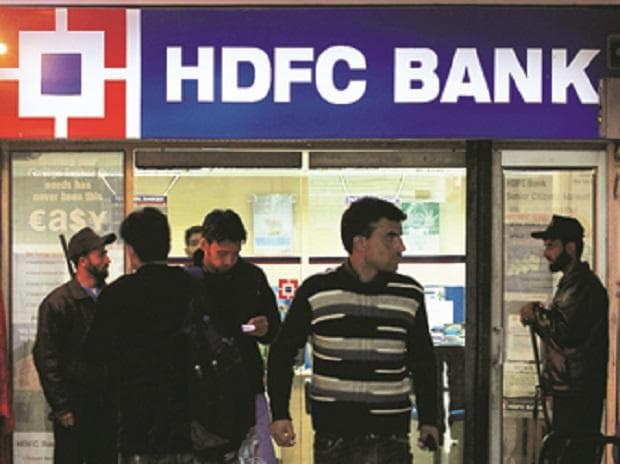[ad_1]
By Bhakti Tambe and Siddhi Nayak
MUMBAI (Reuters) – HDFC Bank Ltd, India’s biggest private lender, is comfortably placed to meet reserve ratio requirements post its merger with parent HDFC Ltd, even as it awaits a final view from the central bank on requests for forbearance, three sources told Reuters.
The $40 billion merger, announced last April, is expected to conclude by July, HDFC Bank’s Chief Financial Officer Srinivasan Vaidyanathan told analysts at a conference call on Saturday.
The lender has requested the Reserve Bank of India (RBI) for a phased approach to meet the requirements for statutory liquidity ratio (SLR) – the percentage of deposits that banks invest in government bonds – and the cash reserve ratio (CRR), or the portion of deposits that banks must hold in liquid cash, bank executives have said.
The requirements for CRR and SLR for banks are set at 4.5% and 18%, respectively, which is higher than deposit-taking housing finance companies.
While housing finance companies do not have to maintain CRR, such deposit-taking entities have to keep a SLR that is lower than banks.
Though the RBI has yet to respond to the requests, the bank has been expanding its investment book and accumulating government securities since the merger was announced.
HDFC Bank’s total investment book rose 13.4% on-year to 5.17 trillion rupees ($63.00 billion) as on March 31, of which roughly 85% or 4.4 trillion rupees comprises government securities, analysts estimate.
This means that HDFC Bank will be able to meet the regulatory requirements even if the dispensation is not given, said a bank official familiar with the matter.
Another official said the bank expects clarity from the RBI closer to the date of the merger but it is adequately prepared.
Both officials did not wish to be named as they are not authorised to speak to the media.
HDFC Bank, HDFC and the RBI did not respond to emails sent.
HDFC Bank will remain compliant with all regulatory requirements, Chairman Atanu Chakraborty told Reuters.
The bank’s current liquidity position is strong enough to meet the incremental requirements, said Suresh Ganapathy, head of financials research for India at Macquarie Group.
HDFC has also pushed up its investments in government securities buying bonds worth around 500 billion rupees in the last fiscal year, a company official said on the condition of anonymity, as such discussions are private.
These accelerated purchases from the two entities, which had also helped increase demand for government bonds last year, are now likely to end, the official added.
$1 = 82.0675 Indian rupees)
(Reporting by Bhakti Tambe and Siddhi Nayak; Editing by Dhanya Ann Thoppil)
[ad_2]
Source link



